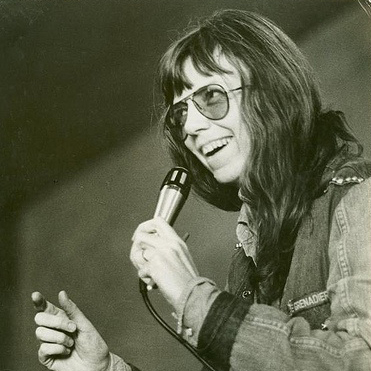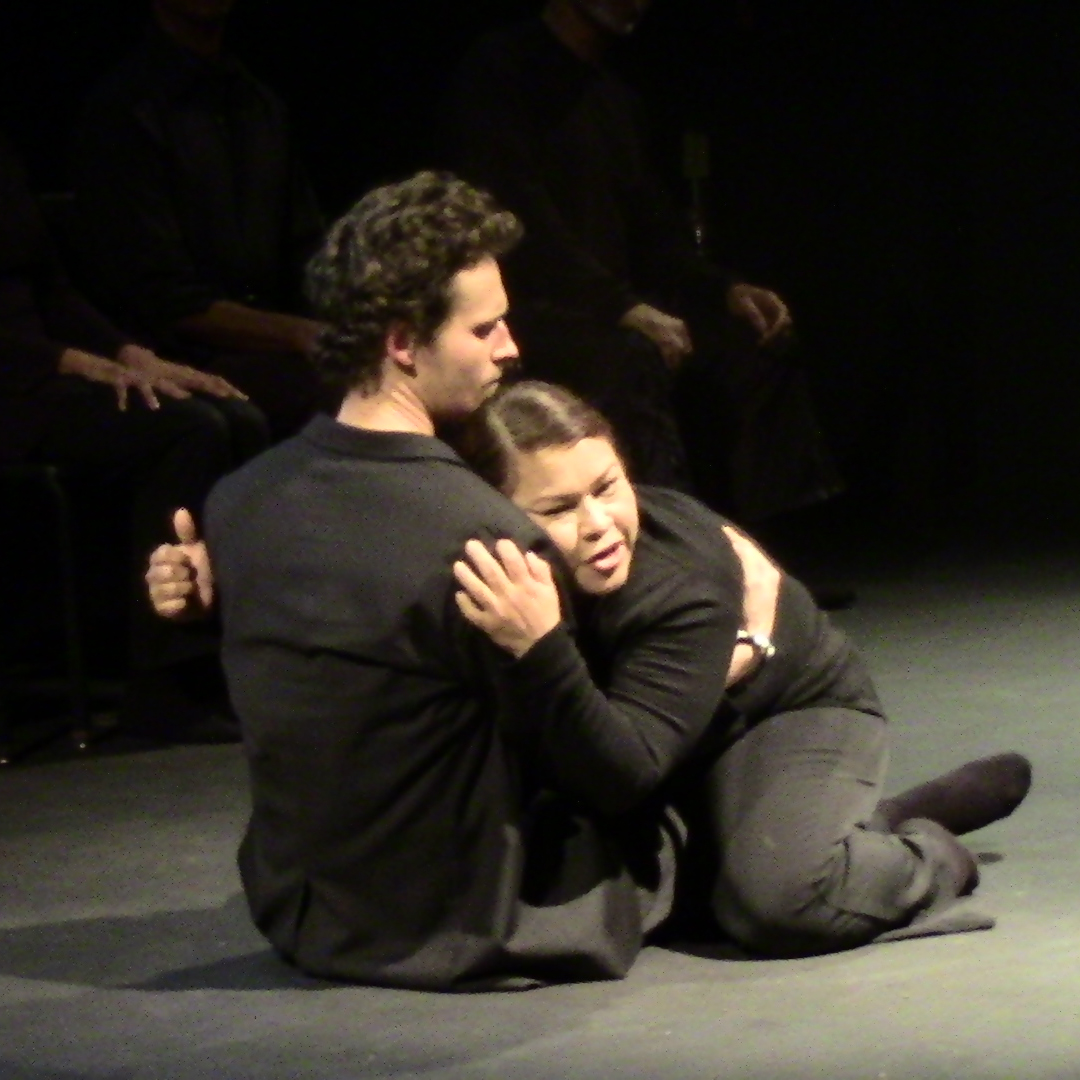Since high school, I’ve had an almost unhealthy obsession with Hunter S. Thompson. I appreciated his rebel spirit: When other journalists were writing in flavorless, rigid formulas, Thompson was wild and unstructured. When others worshiped at the alter of third-party objectivity, Thompson practiced a brand of meta-journalism where finding the story, was the story. He played with rhythm and stream of consciousness (think Fear in Loathing in Las Vegas), daringly embedded himself in his stories (think Hells Angels: A Strange and Terrible Saga), wrote about the people on the sidelines rather than just the main subject (think the Kentucky Derby is Decadent and Depraved), and was a creative, often ruthless critic (think Fear & Loathing on the Campaign Trail ’76).
When I first read about dance critic Jill Johnston, I assumed I might like her for the same reasons I’ve always loved Thompson. Johnston too was a rebel, played with form, rhythm and punctuation, wrote in first person, inserted herself into her pieces and examined the occasionally absurd, social scenes surrounding her subjects. She too, I might add, was a bit insane, a huge drinker, and of the New Journalism era (writing under Norman Mailer at Village Voice).
I found, however, that I disliked Johnston’s later work (1968-69) for the exact reasons I like Thompson’s: I found her first person rants messy, hard to follow, egocentric, un-funny and at times, maddening. She, more often than not, moves quickly from one thought to the next, never really connecting the dots. Its as if her mind is set on hyper-active, but is fractured, splintered and clouded with haze. There are a million thoughts moving, swirling in orbit, without any gravity to connect them.
For example, her piece Tell Me the Weather (1968): Johnston moves from talking about snowstorms to UFOs to skiing to badminton to sex to former lives to archetypes. It reads like a garbled journal entry of someone on drugs. If it was funny, had any logical train of thought or connective tissue, it might work, but it doesn’t (nor do most of the pieces in this time period).
There are a few exceptions. In her piece Untitled (1968), Johnston explores Intermedia and makes some profound connections — she talks about Ginsberg’s poetry, Duchamp’s art, McCluhan’s philosophies, and e.e. Cummings writing style to make a point about boundary blurring, how what is seen as progression might actually be regression and how defining medium categories is absurd. The piece is free-flowing and chaotic, but it also reaches some coherent points (in a rather obscure way). Most of her pieces from ’68 and ’69, however, I find maddening.
Her early work (1960-65) is the bright spot for me. While Johnston doesn’t like her early work — describing it as too analytical, labored and descriptive — I find it beautiful, vibrant and revelatory. In this period, she often draws parallels between the fine art world, literature, performance and dance. She puts different forms in conversation with each other to demonstrate the shifting tides of culture (for example, relating Robert Rauschenberg’s found objects to John Cage’s found silence, to experimental dance “happenings” like Judson Theater. Yvonne Rainer and Twyla Tharp). She captures the spirit of a new era (the Avant Garde) and makes the shift from old to new feel exciting and meaningful.
She describes the often abstract and ethereal qualities of dance in a way that makes each performance come alive on the page. For example, in Judson Speedlimits, Johnston describes the “thrusting jumps” as “the kind you might see in a child careening down a sand dune.” She describes “crashing falls of baseball slides” and “hard swift rolls, flat-arm flings, long jet-stride walks, vibrations, triplets with port du bras, wide zingy turns and, high fast leg extensions….a continuum of dynamic tension and release.”
Johnston is like a dream analyst, giving the movement meaning no matter how weird or abstract. I greatly admire her ability to describe something so indescribable.
In her early period, Johnston is clearly in love with performance and art. Her voice comes across as someone who is deeply engaged, delightfully enthusiastic and knowledgable. She is immersed in the dance world.
Her move away from this more dance-centric, analytical and coherent writing is striking. While I admire her willingness to be a rebel and try new forms, I personally found her harder and harder to understand, or enjoy.
In the forwards and afterwords, Jowitt, Sally Banes and Gregory Battock attribute her shift in style to Johnston’s desire to reflect the ideologies of her John Cage era. I, however, wonder if it was intentional, or if perhaps the shift had more to do with her own mental decompensation (due to schizophrenia), and/or her emotional turmoil (regarding a secret that surfaced that exposed her father as alive, when she previously thought him dead).
She herself wrote that: “Grounds for such a transition occurred in mid-decade when I went up in smoke, lost the ability to discriminate between fantasy and reality, and became a captive of the psychiatric profession.”
What I learned from Johnston is that it pays off to be deeply immersed in a scene, to know the movement of cultural tides, and to be selective and intentional with the use of first person rants.






